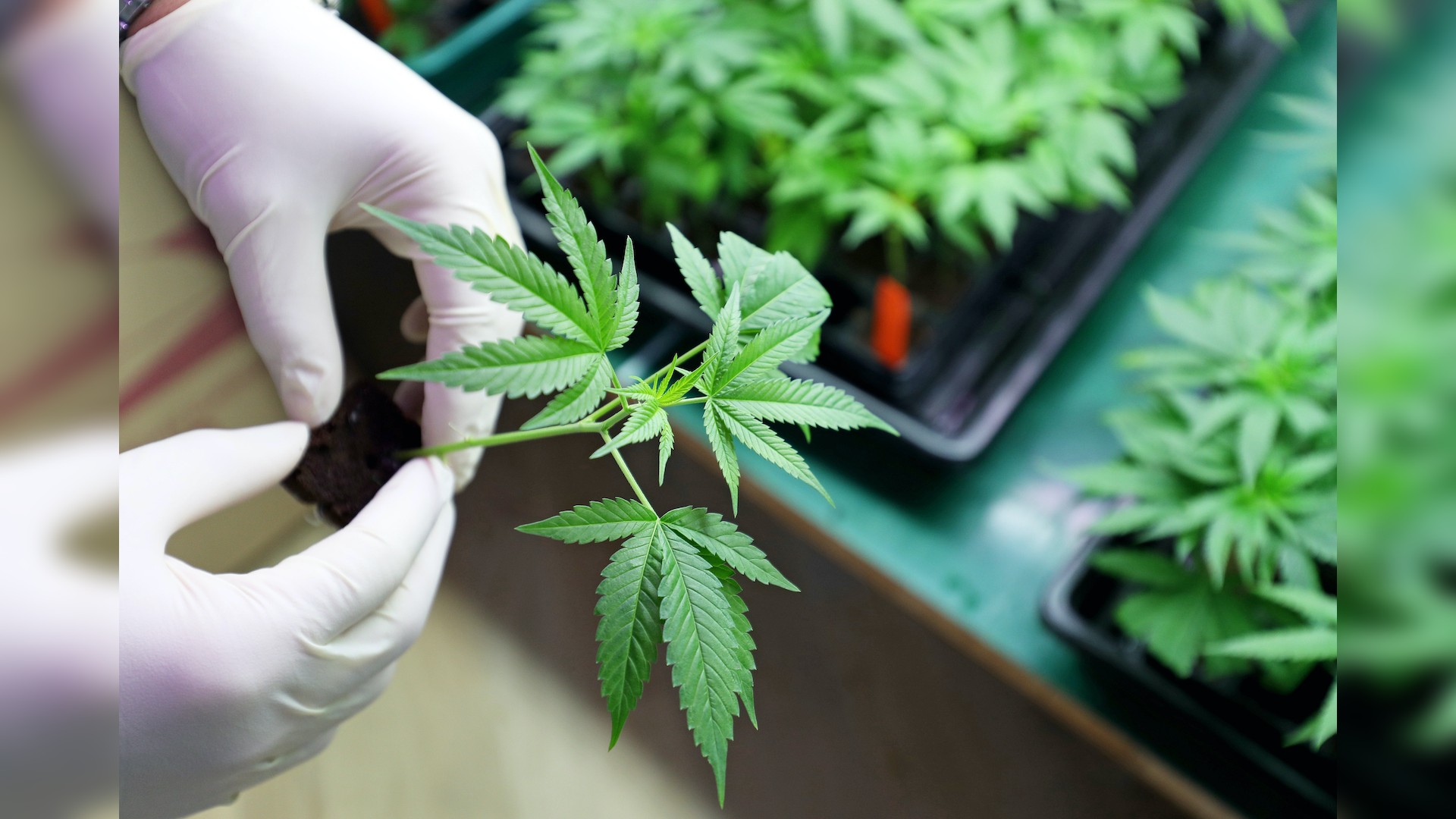When you purchase through links on our web site , we may earn an affiliate charge . Here ’s how it works .
Two newfound cannabinoids have been discovered in the glands of theCannabisplant , and one of them may be at least 30 times as strong as the richly - inducing compound THC .
No one knows , however , exactly what impression these cannabinoids really have on the human soundbox .

THC , or tetrahydrocannabinol , spark plug into receptor in the wit and alter our power to understanding , record computer storage , co-ordinate apparent movement , perceive time and experience pleasure . Cannabiscontains over 140 like chemicals that interface with receptors throughout the body , but as far as we know , only tetrahydrocannabinol can induce a mind - bend high . Now , scientists have uncovered two new cannabinoids , one of which structurally resemble nonpsychoactive chemical compound CBD and the other of which look like tetrahydrocannabinol but could elicit strong effects — at least in possibility .
The THC look - likewise , named tetrahydrocannabiphorol ( THCP ) , seems to interact with the same sense organ as THC , the receptor known as CB1 , according to a new cogitation published Dec. 30 in the journalScientific Reports . The fundamental difference between THCP and its cousin lies in a chain of atoms project off the newfound compound .
Related:25 Odd fact About Marijuana

Research suggeststhat the protruding structure , called an alkyl side mountain chain , is what take into account tetrahydrocannabinol to punch into its preferred receptor . A cannabinoid must persuade at least three carbon rings in its side chain to gain access code to CB1 , and THC compounds typically carry five . On paper , a cannabinoid equipped with more than five atomic number 6 rings would fit even more snuggly into the receptor , and eight atomic number 6 ring would supply the out-and-out perfect burst , eliciting the strongest biological response . But no such compounds have been uncovered in nature , the author mention in their paper .
Enter THCP .
This compound boasts not five , not six , but seven carbon rings in its alkyl side chain . When put on to a makeshift sense organ hatch in a research laboratory dish , the compound tended to hold fast the substance 30 times more dependably than THC did .

The research worker then gave THCP to lab mice and found that the animals acquit as if they were on THC , meaning their movement slowed , their temperature decreased and their chemical reaction to painful stimulant diminished . And the animate being reach this land at comparatively low doses of the newfound chemical compound ; it would take about twice as much tetrahydrocannabinol to induce the same effects .
associate : Mixing the Pot ? 7 Ways Marijuana Interacts with medicine
Although potent in the lab , THCP may or may not induce striking effects in human beings , Vicereported . First of all , the compound is likely present in works in only modest amounts , at least in thelow - THC marijuana varietyused by the researcher . Even assuming THCP can be get in larger amount , we still do n’t know whether the compound would induce a high like to that cause by its psychoactive cousin . And while tetrahydrocannabinol volunteer some medicinal effects , including infliction and sickness relievo , no one knows if THCP has these calibre , Vice reported .

In accession to THCP , the research worker also uncover a CBD facial expression - alike with seven carbon ring , which they named cannabidiphorol ( CBDP ) . The squad found that this compound does n’t bind powerfully to either the CB1 receptor or the related to receptor CB2 . While CBD has been tied to anti - inflammatory , antioxidant and anti - seizure effect , investigating these effects in CBDP " does not appear to be a high-pitched priority , " the authors wrote .
Originally published onLive Science .















